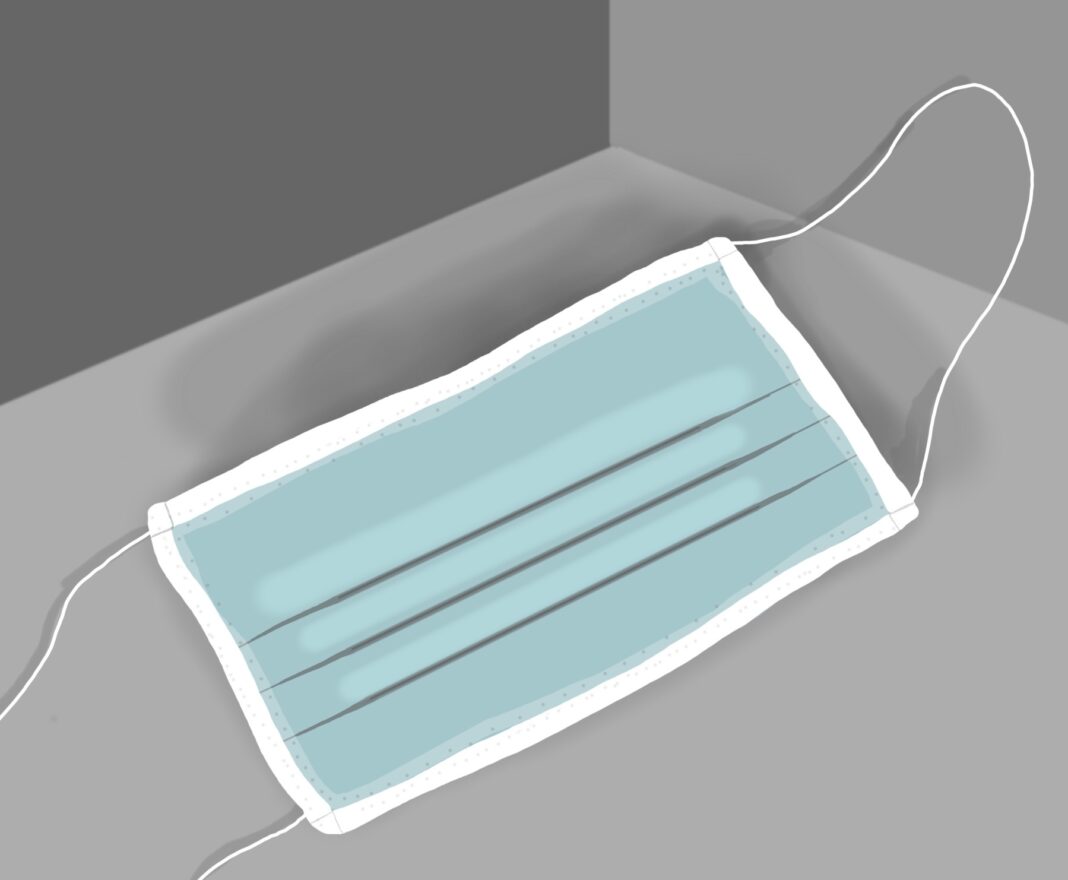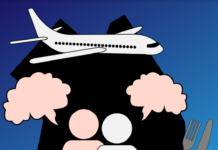Findings from University of Waterloo researchers suggest that mask-wearing, a protective measure against disease transmission, can increase distress experienced by individuals with social anxiety.
“I think this was a topic on everybody’s mind,” said Sidney Saint, an undergraduate psychology student and author of the paper: “Effects of mask-wearing on social anxiety: an exploratory review.”
According to Saint, clinical psychology professor David Moscovitch came up with the idea for this study.
“I think he predicted that mask-wearing would influence social anxiety well before many people noticed the effect of masks on their own comfort level,” Saint said.
“Little is known about effects of increased mask-wearing on social interactions, social anxiety or overall mental health,” Moscovitch said in a June 21 Waterloo News article.
Researchers conducted a literature review on factors that might contribute to the relationship between mask-wearing and social anxiety. The factors explored were higher sensitivity to social norms, bias when detecting social and emotional facial cues, and tendency for self-concealment as a form of safety.
Social anxiety is characterized by negative self-perception and a consistent fear of failing at conforming to societal expectations and norms through appearance and behaviour.
“We found that mask-wearing by people with social anxiety is likely to be influenced by their perception of social norms and expectations which may or may not be consistent with public-health guidelines and can vary widely by region and context,” Saint said in the Waterloo News article.
The paper also highlights how individuals with social anxiety have difficulty detecting ambiguous social cues, and as a result tend to interpret the cues negatively, worrying about sounding incomprehensible or awkward.
“We believe that…issues are likely to be magnified during interactions with masks,” Saint said in the article.
The research also suggests that mask-wearing can also be used as a self-concealment strategy, allowing individuals to hide their self-perceived flaws. This motivation may overcome their use of masks as protection against contagion.
“Due to their self-concealing function, masks may be difficult for some people to discard even when mask-wearing is no longer required by public health mandates,” Saint said in the article.
The research also suggests that individuals with social anxiety, in particular, may be vulnerable to periods of norm transitions. These transitions are times where expectations for mask-wearing are in flux or are a matter of personal choice.
Moscovitch also spoke about the research implications regarding those who have not experienced social anxiety previously.
“It is also possible that many people who didn’t struggle with social anxiety before the pandemic may find themselves feeling more anxious than usual as we emerge out of the pandemic and into a more uncertain future,” Moscovitch said in the Waterloo News article.
As a student, Saint said she thinks that to effectively assess and treat individuals with social anxiety experiencing distress because of mask-wearing, clinicians should be diligent in their assessments of why their clients are wearing masks.
“This should allow clinicians to gauge to what degree their clients are wearing masks in order to prevent viral transmission, and to what degree (if any) their clients are wearing masks for other reasons related to social anxiety,” Saint said.
“In the case that a client is wearing a mask for the purpose of facial concealment when masks are no longer necessary, clinicians should encourage their clients to be social without their mask despite the initial distress/discomfort they might experience,” Saint said.
Saint said she believes that this will likely decrease their anxiety in the long run.
The paper is available online on Open Science Framework and will be published in the journal Anxiety, Stress, & Coping.































